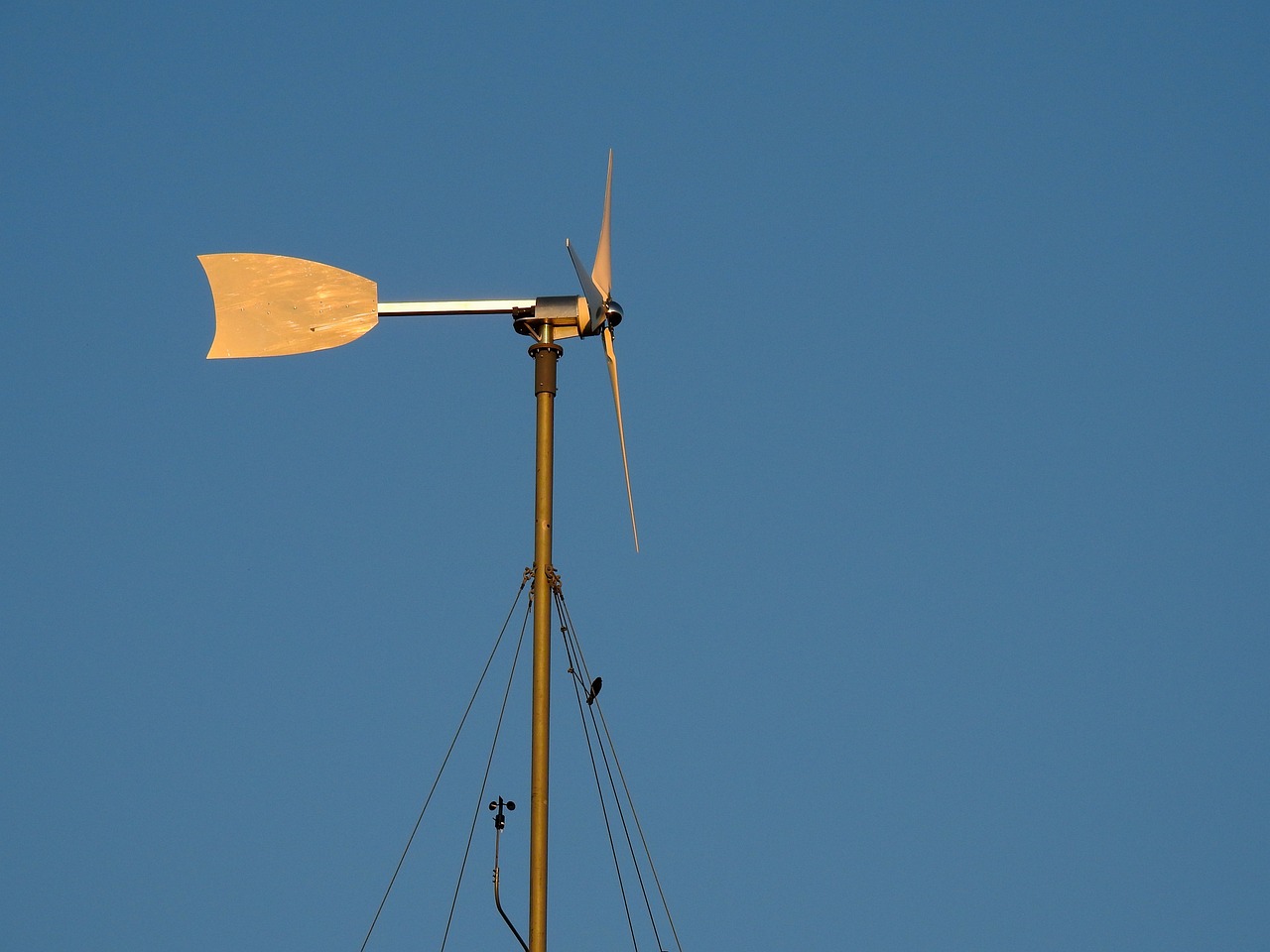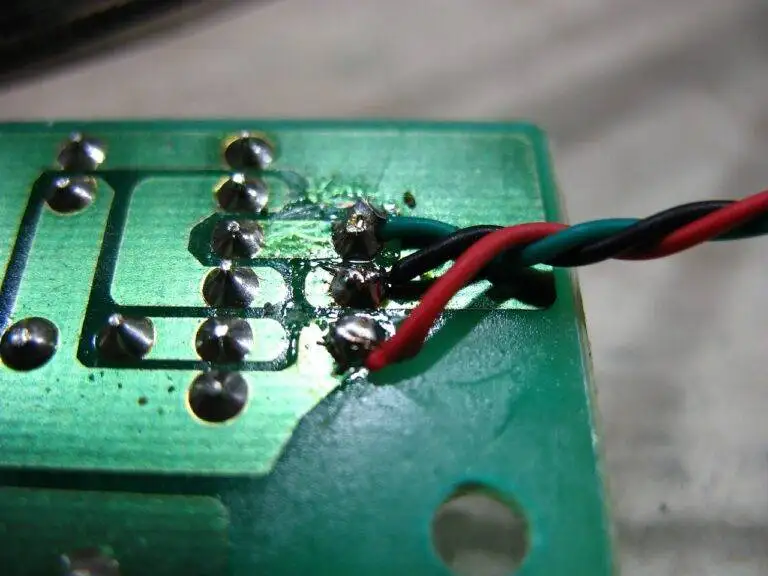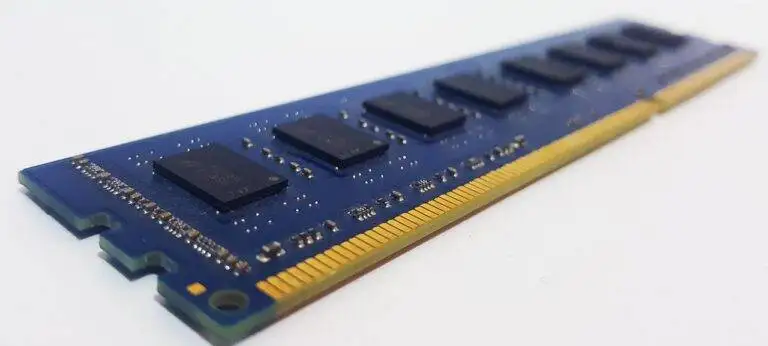The Role of Tech in Renewable Energy Solutions
Renewable energy systems encompass a multitude of interconnected components, each playing a crucial role in harnessing and converting sustainable sources of energy. Photovoltaic panels, commonly known as solar panels, are fundamental in generating electricity from sunlight. These panels consist of silicon cells that absorb photons, initiating an electron flow that generates a direct current.
In addition to solar panels, inverters are essential components that convert the direct current produced by the panels into alternating current suitable for powering homes and businesses. These devices help synchronize the electricity generated by renewable sources with the grid, facilitating the seamless integration of clean energy into existing power systems. Moreover, energy storage systems like batteries play a vital role in storing excess electricity generated during peak sunlight hours for use when demand is high or sunlight is scarce.
Advancements in Solar Power Technology
Solar power technology has made significant strides in recent years, with the development of high-efficiency solar panels that can convert sunlight into electricity more effectively. These advancements have led to an increase in the adoption of solar energy as a renewable and sustainable power source for both residential and commercial applications.
In addition to improvements in solar panel efficiency, innovations in energy storage solutions have also played a crucial role in advancing solar power technology. The integration of battery storage systems allows excess energy generated during the day to be stored and used during periods of low sunlight or high energy demand, making solar power more reliable and versatile.
Innovations in Wind Energy Solutions
Wind energy solutions have continuously evolved to meet the growing demands for clean and sustainable sources of power. One innovative approach in wind energy is the development of vertical axis wind turbines. Unlike traditional horizontal axis turbines, these vertical turbines can capture wind from any direction, making them more efficient and versatile in various locations. This design also allows for easier maintenance and lower production costs, making it a promising solution for expanding wind energy capacity.
Another notable innovation in wind energy solutions is the use of advanced materials in turbine design. By incorporating lightweight yet durable materials like carbon fiber and advanced composites, wind turbines can be constructed larger and taller, capturing more wind energy at higher altitudes. This has resulted in increased energy production and improved efficiency, making wind power a more competitive and reliable renewable energy option for the future.
What are the key components of renewable energy systems?
The key components of renewable energy systems include solar panels, wind turbines, batteries for energy storage, inverters, and monitoring systems.
What advancements have been made in solar power technology?
Advancements in solar power technology include increased efficiency of solar panels, the development of thin-film solar cells, and the integration of solar power into building materials.
How have wind energy solutions evolved in recent years?
Innovations in wind energy solutions have led to the development of larger and more efficient wind turbines, improved blade designs, and advanced control systems for better energy production and grid integration.





